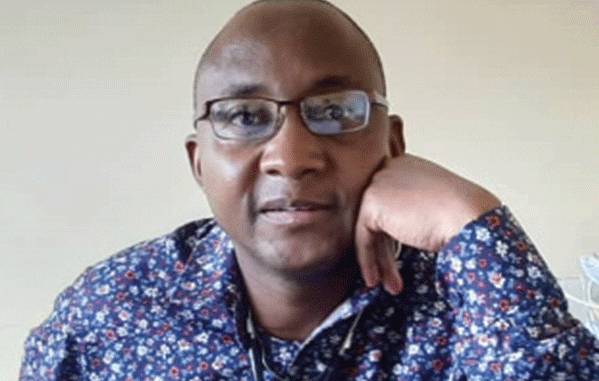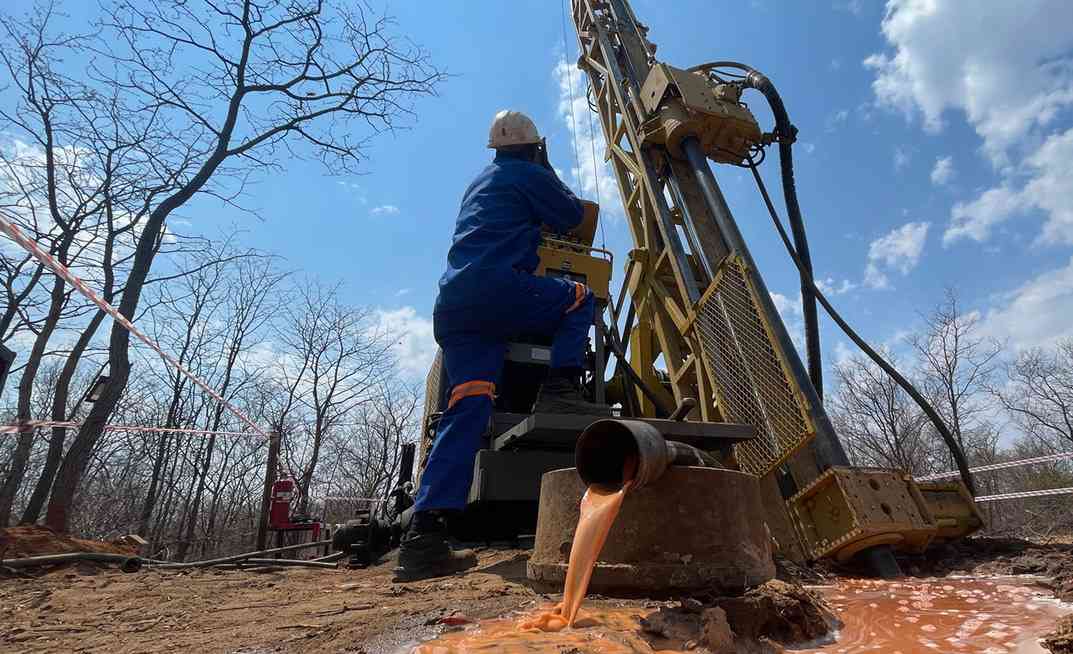
By Johannes Marisa MEDICAL aid schemes are supposed to provide members with cover for expenses associated with necessary medical treatment. In exchange for a monthly contribution or a premium, one gets a financial cover for medical treatment as well as other medically-related expenses.
Zimbabwe has more than 30 registered medical aid societies, albeit a small percentage of population coverage. Only about 1,6 million people are under medical aid coverage, translating to about 10% of the population. The largest Medical Aid Society is Premier Service Medical Aid Society (PSMAS), which has the majority of civil servants under its umbrella. Many questions have gone unanswered as to why 90% of the population remains without medical aid cover in a country that has few people who can afford out-of-pocket payments.
The Alma-Ata Declaration of 1978 emerged as a major milestone of our time in the field of public health as it identified primary health care as the key to the attainment of the goal of universal health. Primary health care has principles that ought to be followed and these include easy accessibility, public participation, health promotion, appropriate technology and inter-sectoral participation. Health service delivery in poor countries is a serious challenge considering the unprecedented levels of understaffing, low worker morale, dilapidated hospital infrastructure, lack of motivation and general incapacitation. Brain drain has been an obnoxious phenomenon that threatens to annihilate health service delivery in many poor countries.
Medical Aid Societies (MASes) in Zimbabwe are regulated by the Medical Services Act with the Health and Child Care ministry being the regulator. MASes in our country are known for various reasons, with some being subjects of discussion during the salary-gate era while others are notoriously known to be non-payers, narcissistic, inconsiderate and supercilious. The bad attitude shown to many service providers has caused chronic acrimony between the MASes and the service providers that include doctors, laboratory scientists, pharmacists, physiotherapists etcetera. The tiff is surely one of the most important factors contributing to low medical aid coverage. Despite one having a so-called lucrative medical aid card, many practitioners have imposed co-payments, leaving the patients with a dual trauma of both monthly subscriptions and co-payments.
It is funny to note that emerging MASes are busy following on members already covered by other medical aid societies yet 90% of the population remains uninsured. Strategic penetration of the market should be a priority for MASes and more people can surely be covered if there is enough diligence, confidence and goodwill.
There is no one who does not want health care cover in a country that has very little disposable income. Where are we going wrong as a nation to realise that only 10% of the population has medical cover? The following measures can possibly work to stimulate people to subscribe to medical aid cover:
- Provision of a primary care cover that is affordable and can cover the basics of health care can encourage sign-ups. Today, there are some medical aid companies that demand more than $90 000 monthly subscriptions yet very few workers get that money as salaries.
- Elimination of skepticism about existing MASes — Many people have lost confidence in some of the available MASes because of scandals and non-payment to health service providers. The executives are known to enjoy huge perks, gobbling thousands of dollars yet service providers are not paid.
- Emergence of new MASes with technological innovation, guiding principles and ethical considerations can subjugate the traditional ones that are known for being inconsiderate, bullish and hubristic.
There are unfortunate reports of some Medical Aid Societies indulging in microfinance, farming and mining yet their clients are languishing in abject medical poverty.
- Restoration of relations between service providers and MASes — trust between MASes and Service Providers has been gradually waning off with many practitioners now charging short-falls on virtually all medical aid card holders. Word of the mouth has both positive and negative effects on organisational growth. Sooner than later, some of the arrogant medical aid societies will be forced off the market. The smart card POS machines that Tres Group International and RAHLA Holdings intend to introduce for instant payment to service providers will be a game changer.
- Availability of mobile sign-ups can help make the process easier.
- The introduction of some benefits to members who do not claim anything over a particular period of time. Such benefits can include premium holidays.
- Emphasis on wellness benefits when one is not sick can encourage people who are not sick to also join medical aid societies.
The informal sector in Zimbabwe has 98,5% of its people being uninsured and it is time this market is tapped. Everyone desires to have a medical aid cover, but the conditions are deemed unconducive by many.
- Chamisa under fire over US$120K donation
- Mavhunga puts DeMbare into Chibuku quarterfinals
- Pension funds bet on Cabora Bassa oilfields
- Councils defy govt fire tender directive
Keep Reading
- Johannes Marisa is the president of the Medical and Dental Private Practitioners Association of Zimbabwe. He writes here in his personal capacity










